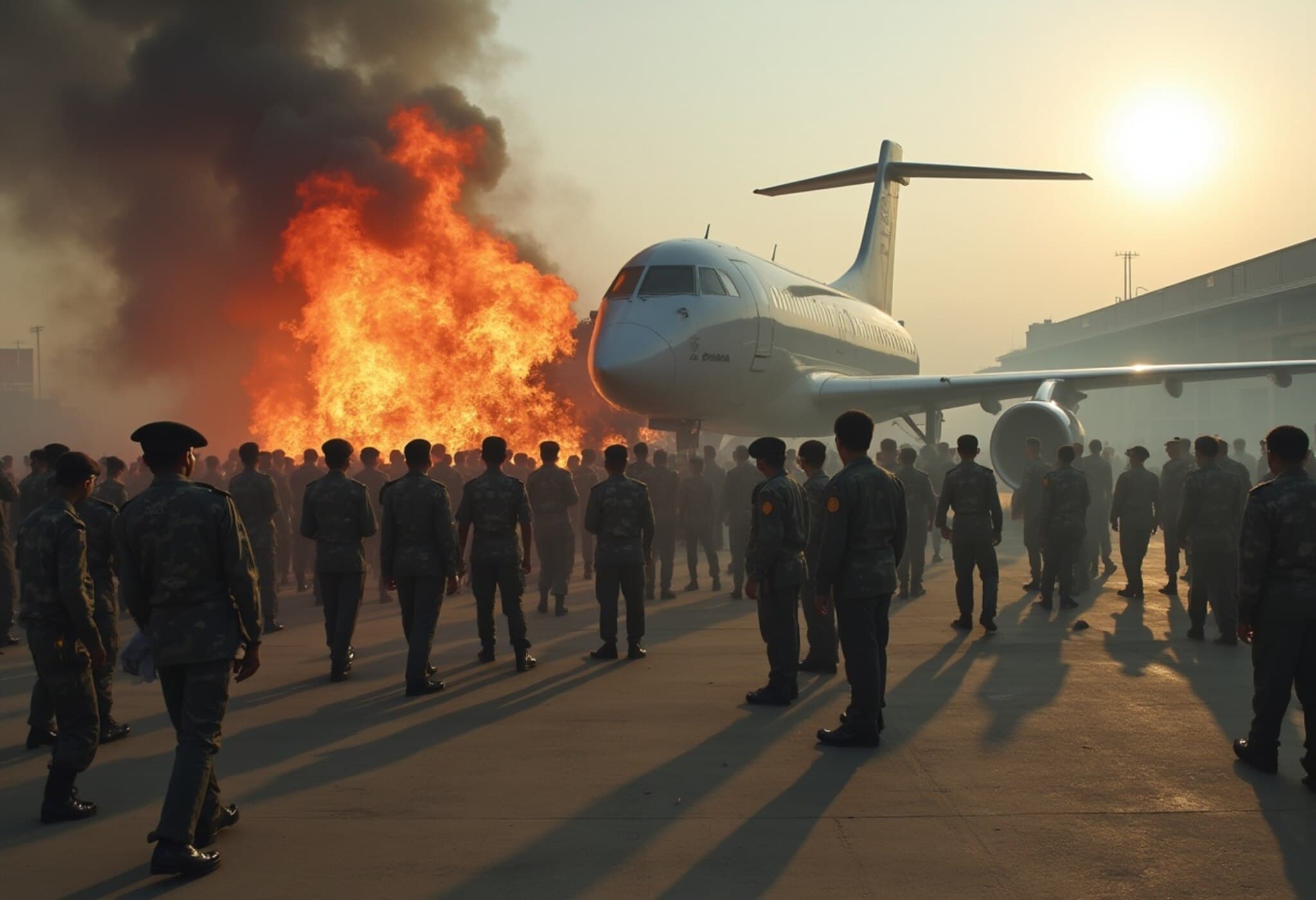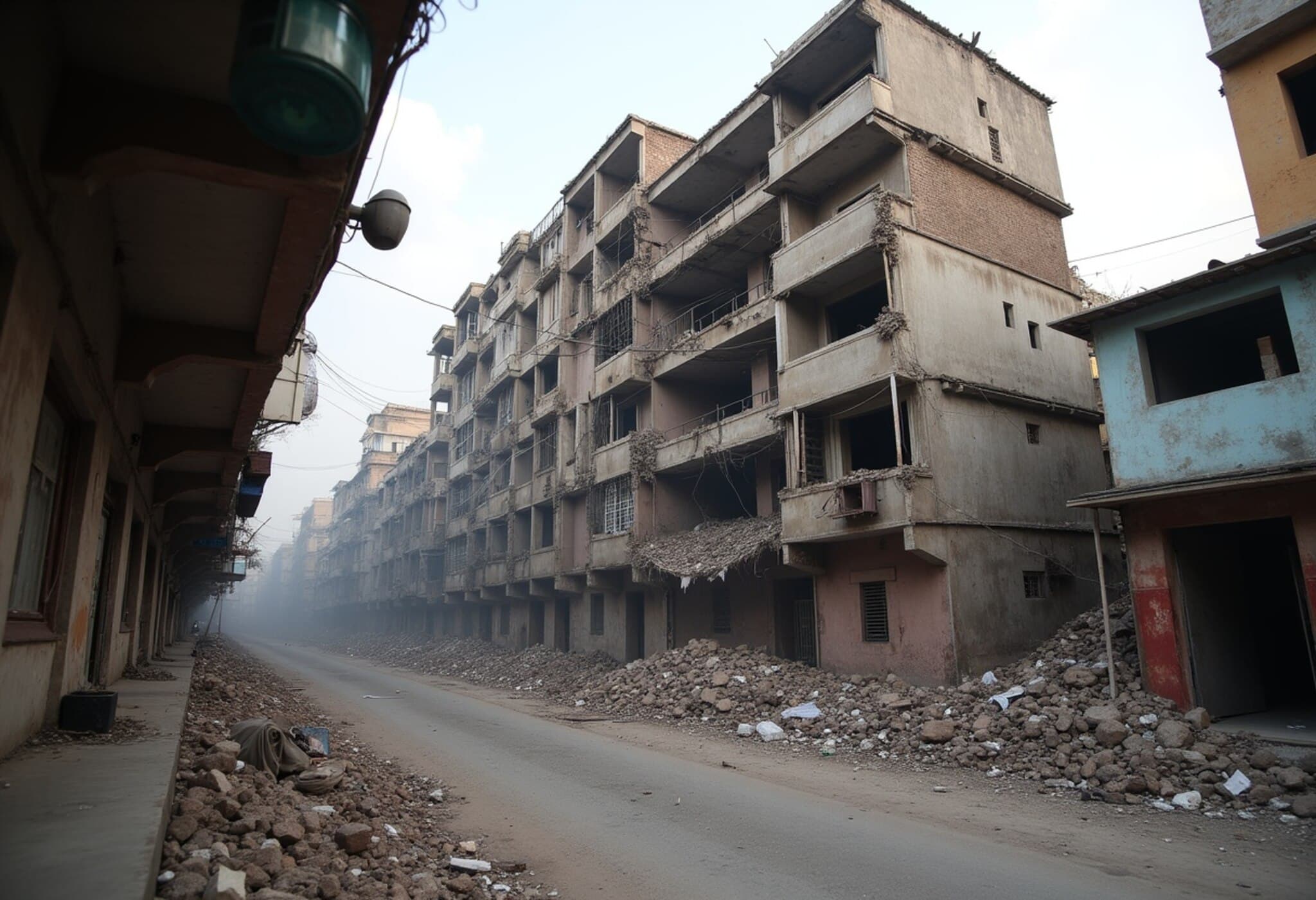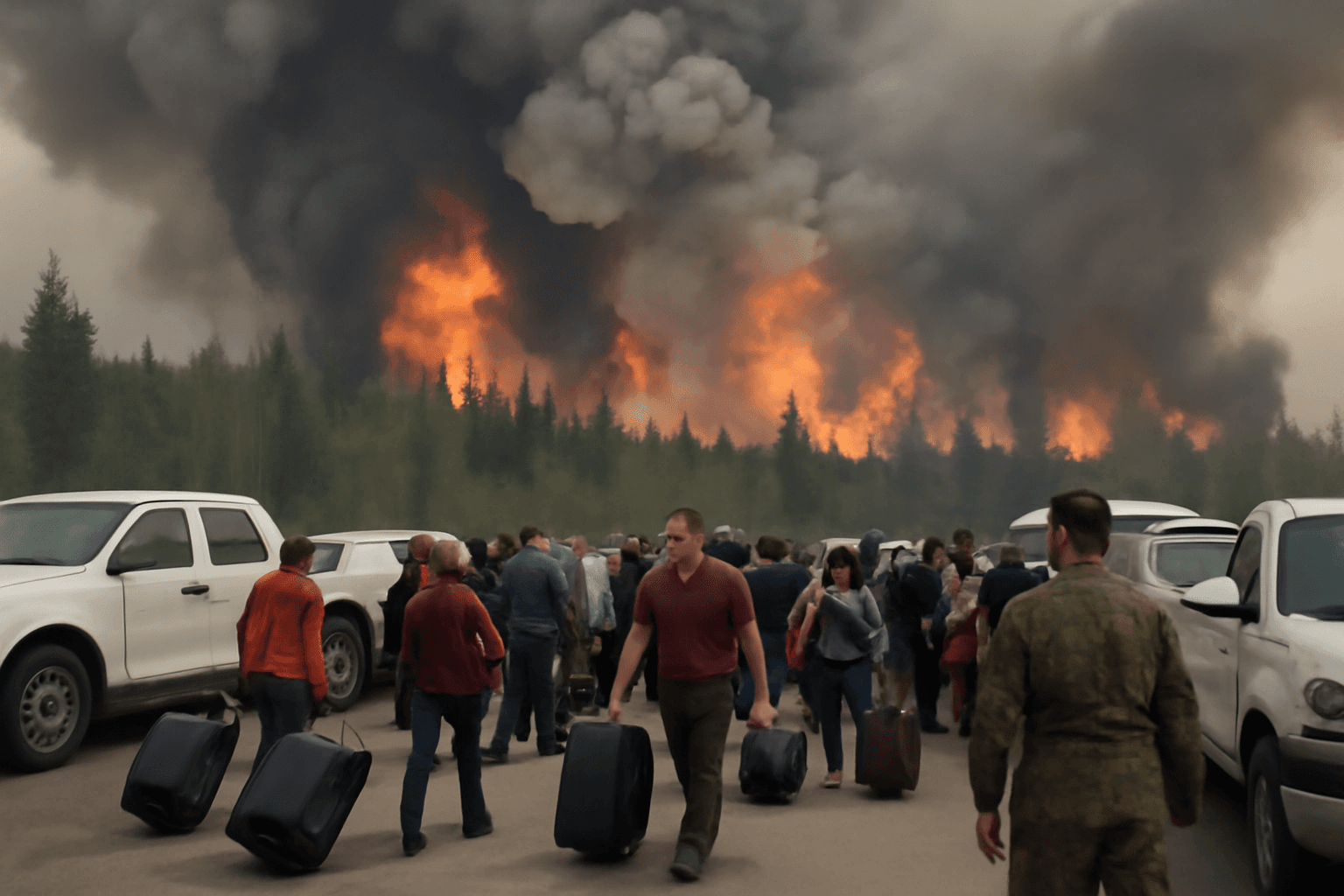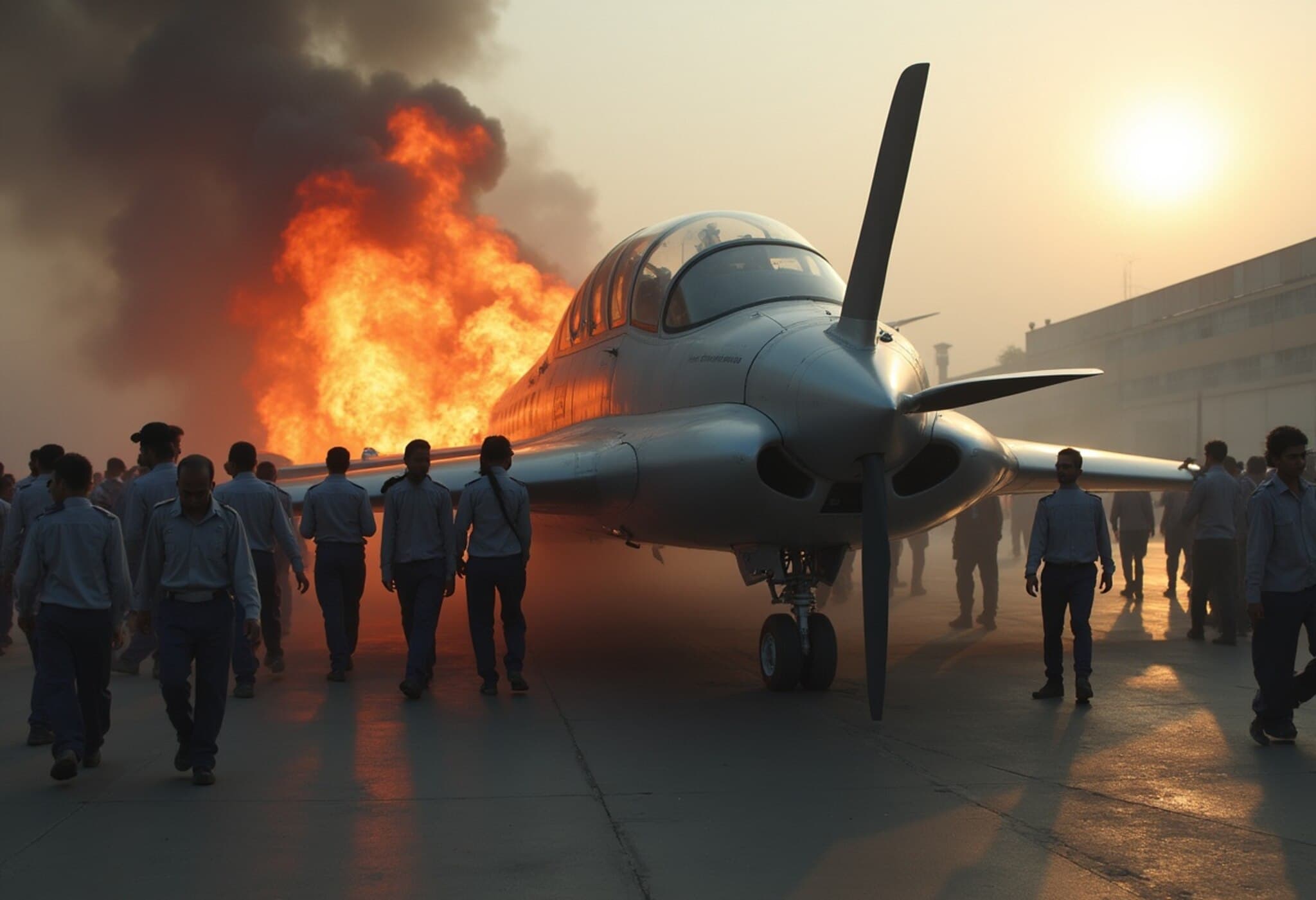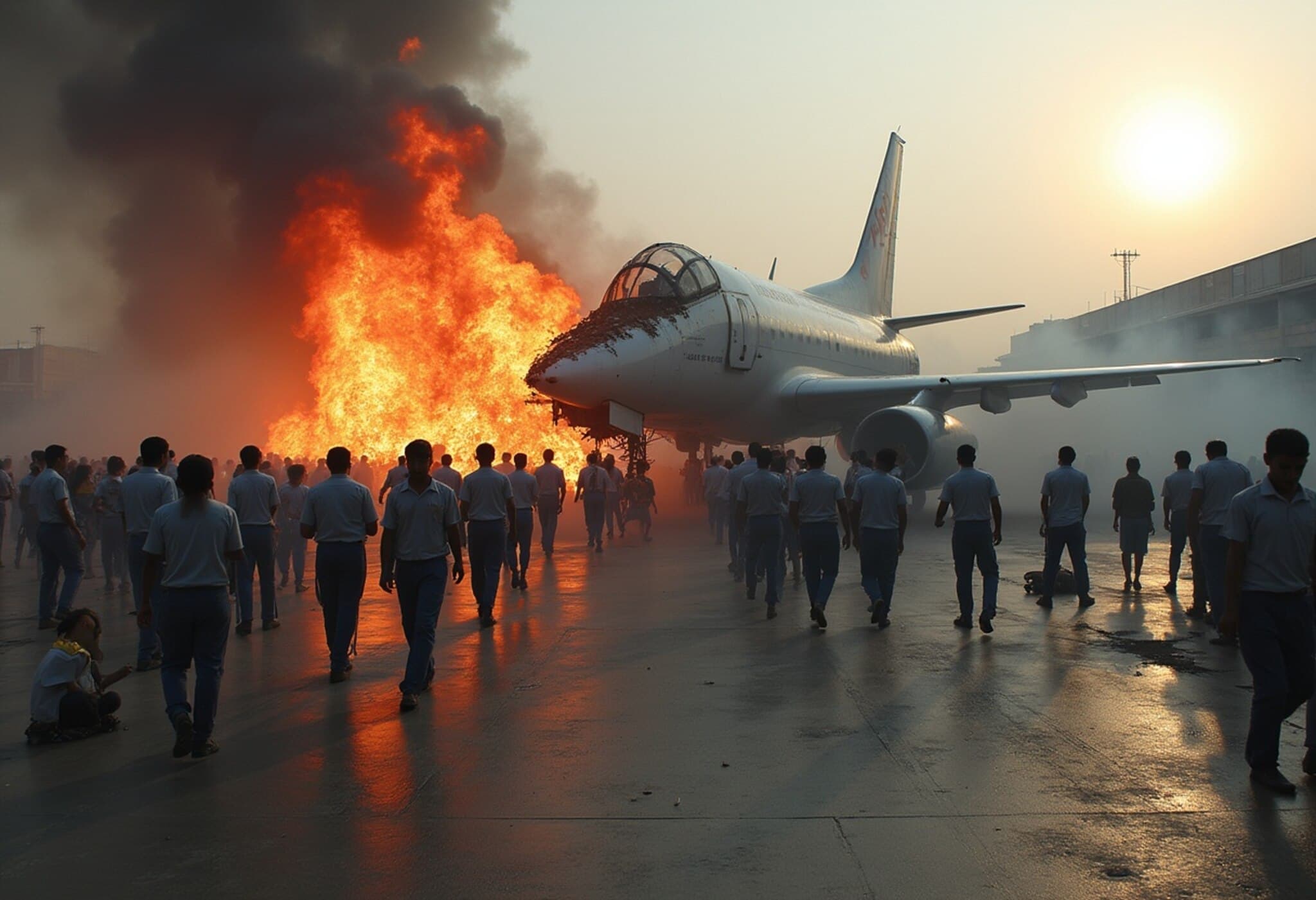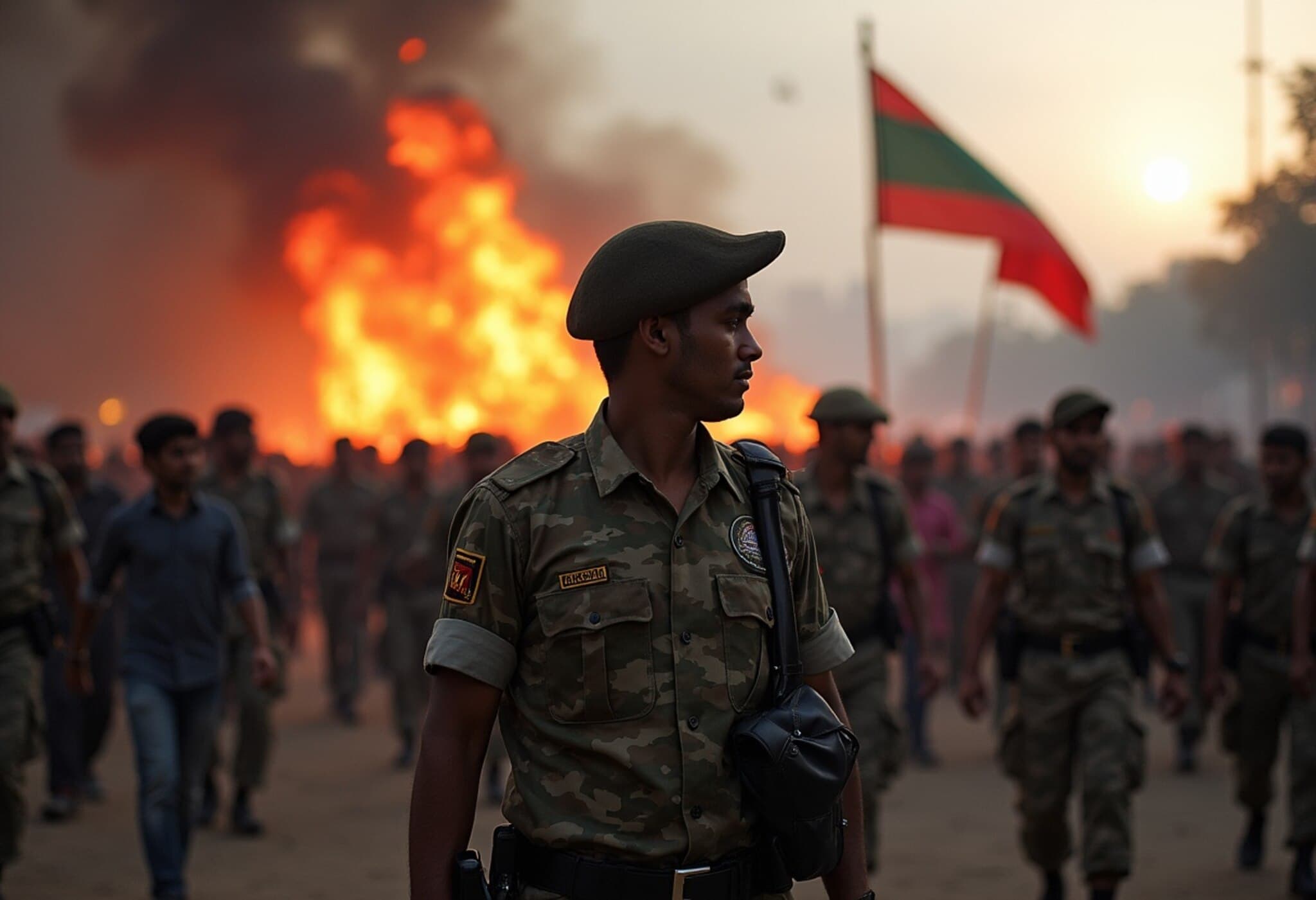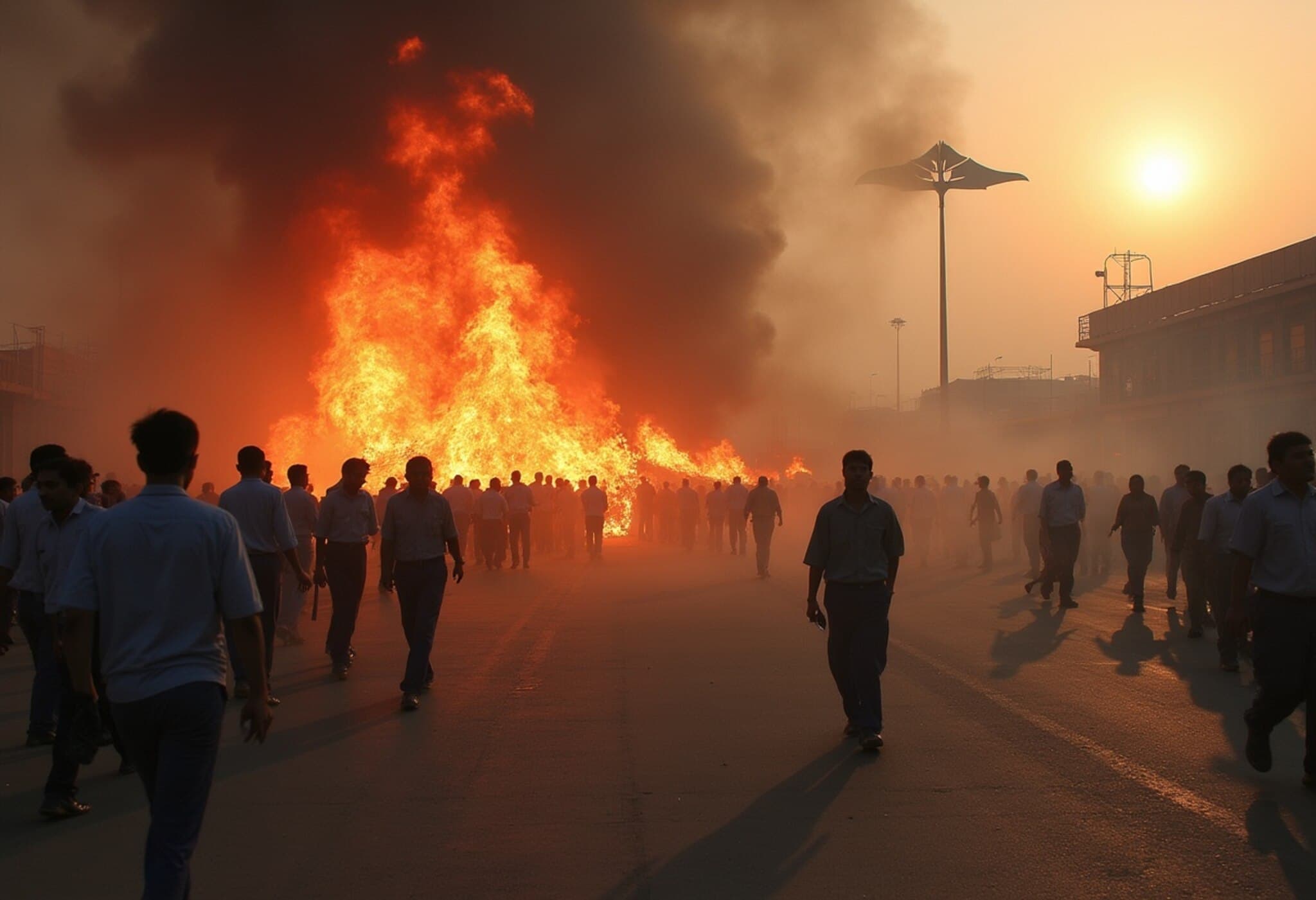Tragic Crash of Bangladesh Air Force Training Jet Claims 19 Lives
On July 22, 2025, a devastating accident unfolded in Bangladesh when a Bangladesh Air Force training jet unexpectedly crashed into a school, resulting in the tragic deaths of at least 19 individuals. The incident has sent shockwaves across the nation, raising urgent questions about air safety protocols and emergency response measures in densely populated areas.
Details of the Incident
The training aircraft reportedly lost control shortly after takeoff and collided with the school premises, impacting classrooms where students and staff were present. While official details are still emerging, early reports confirm a high fatality count including both students and possibly faculty members. Rescue teams rushed to the scene, working tirelessly to evacuate survivors and recover those trapped beneath debris.
Impact on the Community
The local community remains in shock and mourning as families grapple with sudden loss and trauma. Schools nearby have temporarily closed for safety assessments, and counseling services have been mobilized to support students and families affected by this catastrophic event.
Expert Perspectives on Aviation Safety and Civilian Risk
Experts in aviation safety highlight that military aircraft operations in close proximity to civilian areas hold intrinsic risks. Dr. Anwar Hossain, a prominent aviation safety analyst, explains, "Training jets, while critical for military preparedness, require stringent flight path regulations to minimize risk over populated zones." He adds that this accident underscores the vital need for enhanced air traffic controls and rigorous emergency protocols.
Moreover, aviation policy specialists note that balancing national defense training with civilian safety requires continuous oversight. The US Federal Aviation Administration (FAA) and similar bodies worldwide have protocols limiting low-altitude military flights over schools or densely inhabited zones — a practice worth evaluating and potentially adopting more strictly in Bangladesh.
Underreported Aspects and Broader Implications
- Emergency Preparedness: How equipped are school emergency plans to handle sudden impact scenarios?
- Infrastructure Resilience: Are school buildings in similar regions structurally reinforced against accidents involving fast-moving aircraft?
- Public Communication: Timely and transparent communication from military and government agencies is critical to maintain public trust during crises.
- Policy Review: This tragedy may prompt a comprehensive review of military flight operation zones.
Looking Forward: Prevention and Healing
As Bangladesh mourns, policymakers face the challenge of learning from such heartbreaking incidents. Implementing tighter flight regulations around schools and increasing community awareness can help mitigate future risks. At the same time, mental health support for survivors and families is paramount to their long-term recovery.
Editor’s Note
This catastrophic crash casts a harsh light on the delicate interplay between military training and civilian safety in fast-growing urban centers. It urges critical examination of aviation safety measures near vulnerable populations and the readiness of emergency response systems. Beyond numbers and statistics, the human toll reminds us of the indisputable need for vigilance, compassion, and swift policy action to protect lives.

